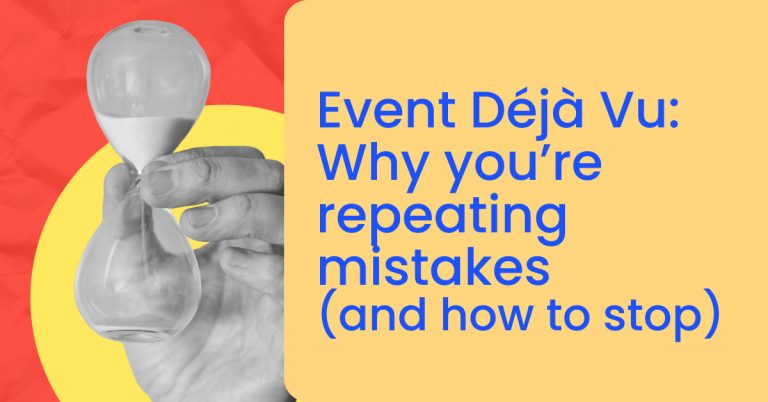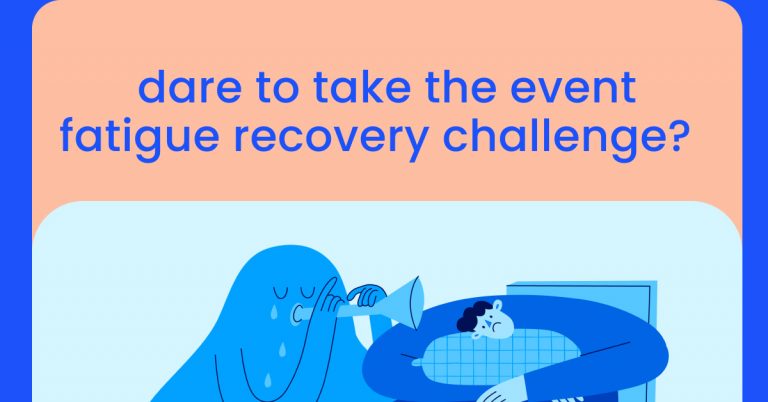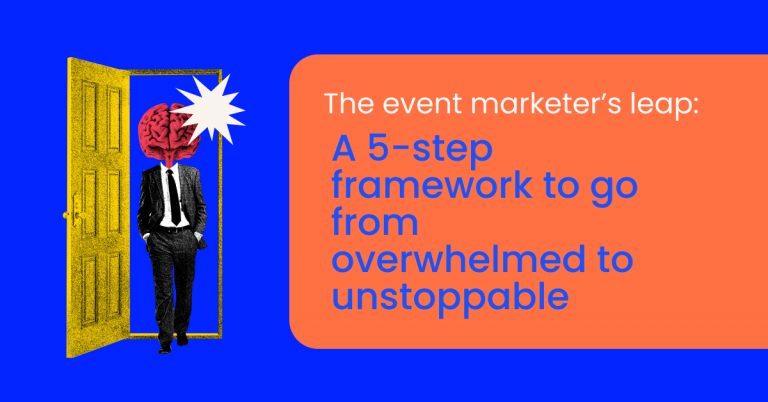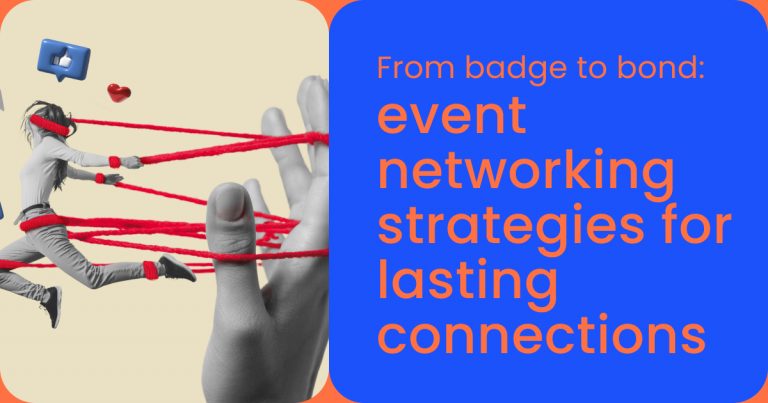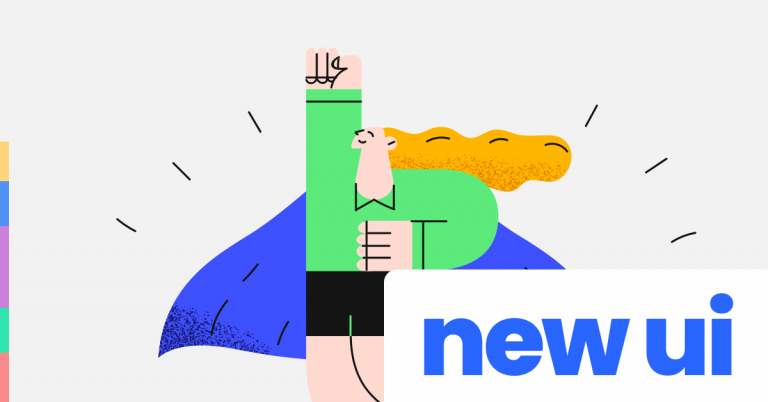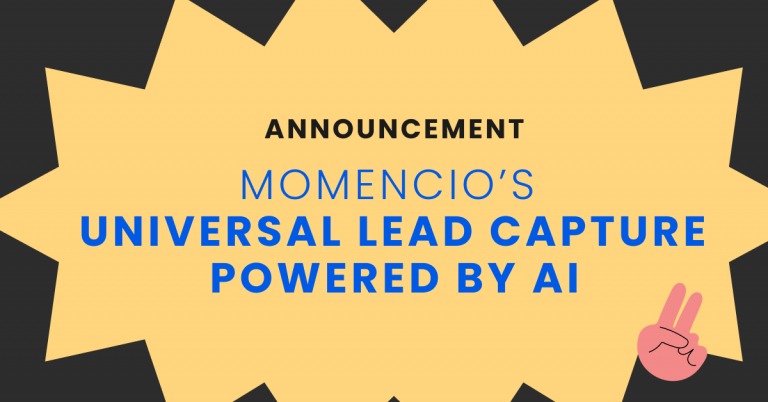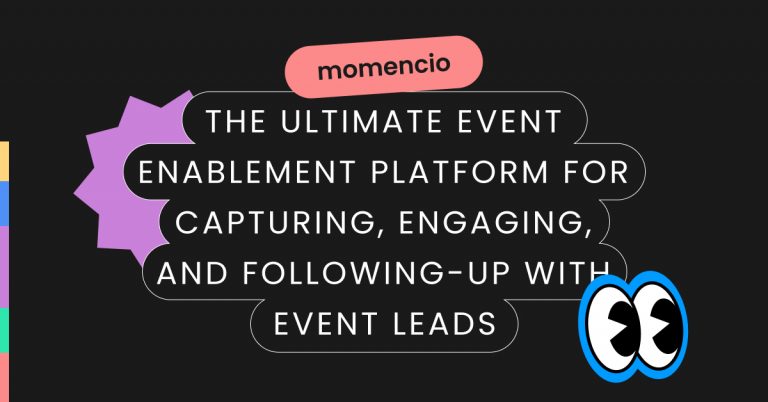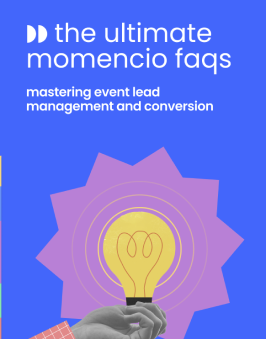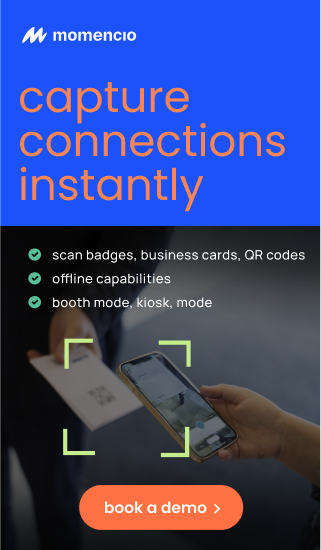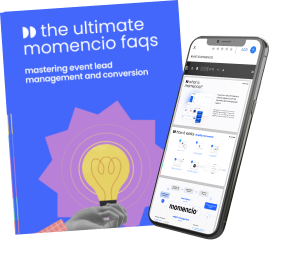Trade fairs in the USA have long been a vital platform for businesses to showcase innovations, network with potential clients, and solidify brand presence. However, not all trade shows are created equal. When comparing the east coast and west coast trade show cultures, distinct differences emerge. These regional variations can affect how exhibitors plan, execute, and maximize their participation in such events.
Over 9,400 B2B trade shows are hosted in the USA annually. These events generate billions in economic value, offering unique opportunities based on geographical focus. Whether you are exhibiting at the New York International Auto Show or the Consumer Electronics Show (CES) in Las Vegas, the region’s trade show culture and opportunities can significantly impact your event’s success.
This article will provide a comprehensive comparison of the trade show environments on the East and West coasts, helping exhibitors make informed decisions about where to invest their time and resources. We’ll also explore sustainable exhibiting practices, ROI measurement, and the shift towards hybrid events, combining the best in-person and digital engagement. The question is: Where should your brand exhibit next—the tradition-rich East Coast or the tech-forward West Coast? Let’s find out.
East Coast trade shows: A culture of tradition and sophistication
The East Coast of the USA is known for its long-standing tradition of hosting major trade shows that embody a sense of sophistication and professionalism. Cities like New York, Boston, and Washington D.C. are home to some of the most prestigious and established events in the country. Exhibitors participating in these trade shows often find themselves in the midst of history, tradition, and influential industries such as finance, healthcare, publishing, and government.
Major East Coast trade shows:
- New York International Auto Show: One of the largest auto shows in the world, it attracts major global automakers and showcases the latest vehicle innovations.
- New York Fashion Week: A world-renowned fashion trade show that attracts top designers, brands, and media from across the globe.
- Bio International convention: Held in cities like Boston, this event is the largest biotechnology trade show in the world, bringing together leaders in biotech, pharmaceuticals, and healthcare.
Exhibiting at East Coast trade shows provides businesses with the opportunity to network with a highly professional audience that often includes executives, industry experts, and government officials. The environment tends to be more formal, with an emphasis on high-level business interactions and decision-making.
Opportunities and advantages:
- Access to key industries: Finance, law, healthcare, and technology sectors are heavily represented at East Coast events, making it ideal for businesses targeting these industries.
- Networking with top-tier decision-makers: The formal nature of East Coast trade shows often attracts senior-level executives, offering a prime opportunity for strategic partnerships and B2B connections.
- A global audience: New York and Boston, in particular, are international business hubs, allowing exhibitors to connect with a diverse range of attendees from across the world.
The East Coast trade shows have a unique selling point: they create an atmosphere of reliability and prestige, which can help exhibitors build trust and authority in their respective fields.
West Coast trade shows: Innovation and tech-forward opportunities
In contrast, the West Coast’s trade shows thrive on innovation, technology, and creative industries. Cities like San Francisco, Los Angeles, and Las Vegas have become synonymous with groundbreaking technologies and forward-thinking industries. The West Coast is home to Silicon Valley, the epicenter of the global tech industry, and boasts trade shows that attract cutting-edge startups, global tech giants, and creative disruptors.
Major West Coast Trade Shows:
- Consumer electronics show (CES): Held annually in Las Vegas, CES is the largest tech trade show in the world, showcasing the latest in consumer electronics, AI, and emerging technologies.
- San Diego Comic-Con: Known for its focus on pop culture, film, and gaming, this event draws massive crowds and major brands in entertainment and media.
- TechCrunch disrupt: A startup and tech-focused trade show in San Francisco that offers a platform for new companies to pitch ideas and secure funding.
West Coast trade shows offer an atmosphere of excitement, with a focus on new technologies, creative industries, and experimentation. Exhibitors here often adopt a more casual, interactive, and engaging approach to booth design and attendee engagement, reflecting the dynamic spirit of the region.
Opportunities and Advantages:
- Innovation-driven audience: Exhibitors have the chance to showcase their latest products to a tech-savvy and forward-thinking audience, including venture capitalists, tech leaders, and media.
- Creative engagement strategies: The informal and interactive nature of west coast trade shows allows for more creative booth designs and innovative ways to engage attendees through digital platforms, gamification, and immersive experiences.
- Tech and entertainment industries: The west coast is a hub for the technology, entertainment, and gaming sectors, making it an ideal place for brands looking to make a mark in these rapidly evolving industries.
West Coast trade shows are all about energy, creativity, and pushing the boundaries of what’s possible. For exhibitors, this region represents an opportunity to connect with trailblazers and trendsetters, offering an invaluable chance to be part of the next big thing in technology and innovation.
Sustainable exhibiting practices: East vs. West
As sustainability becomes an increasingly important consideration for businesses, exhibitors are looking for ways to reduce their environmental footprint while still maximizing their presence at trade shows. Both the east and west coasts have embraced sustainable exhibiting practices, but they approach them in different ways.
East Coast trade shows:
East coast trade shows, particularly those in older cities like New York and Boston, often take place in historic venues. This presents challenges but also opportunities for sustainable practices. Many east coast events are incorporating sustainable solutions such as:
- Green energy initiatives: Many venues are investing in renewable energy sources, such as solar or wind power, to reduce their environmental impact.
- Sustainable materials: Exhibitors are opting for eco-friendly booth designs made from recyclable or reusable materials.
- Local sourcing: There is a growing trend of using locally sourced materials and services to minimize carbon emissions associated with transportation.
West Coast trade shows:
The west coast, particularly California, has long been a leader in sustainability, and this ethos is reflected in its trade shows. From LEED-certified convention centers to eco-conscious vendors, west coast events often go above and beyond to promote environmental responsibility.
- Zero-waste events: Some trade shows in California aim for zero-waste by eliminating single-use plastics and encouraging the use of digital materials instead of paper.
- Carbon offset programs: Many west coast events offer carbon offset options for exhibitors and attendees, helping to mitigate the environmental impact of travel and event production.
- Cutting-edge sustainable technology: West coast exhibitors often showcase the latest in green technologies, such as electric vehicles, renewable energy solutions, and eco-friendly products.
While both coasts are committed to sustainability, the west coast trade shows tend to be more experimental, incorporating the latest in sustainable technology and practices. On the other hand, the east coast trade shows focus more on integrating sustainability into the existing framework of their historical venues and industries.
Trade show ROI: measuring success on both coasts
One of the biggest concerns for exhibitors is ensuring that their investment in a trade show yields a significant return. Whether participating on the East Coast or West Coast, exhibitors must focus on measuring their ROI effectively.
Key metrics to consider:
- Lead generation: How many qualified leads were captured during the event? East Coast trade shows, with their formal atmosphere, tend to yield higher-quality leads in industries like finance and healthcare. West Coast trade shows, however, might generate a higher volume of leads, especially for tech startups and innovators.
- Engagement levels: How many attendees visited your booth? What kind of interactions took place? West Coast shows, with their focus on tech and interactivity, might generate more engagement through digital tools like mobile apps, gamification, or virtual demos.
- Brand visibility: Did the event help boost your brand’s visibility in the market? Both coasts offer significant media attention, but the focus of coverage may differ, with the East Coast leaning towards business news and the West Coast focusing on tech and entertainment media.
Trade show ROI is a critical factor in deciding which coast to exhibit on. If your company is looking to make a strong impression in a professional, industry-specific market, East Coast trade shows may offer the highest return. If your goal is to reach a wider, more tech-savvy audience with interactive experiences, West Coast trade shows provide an excellent opportunity for engagement and buzz.
Future of trade shows in USA: In-person vs. hybrid events
The evolution of trade shows in the USA has been shaped by technological advancements, shifting attendee preferences, and global events like the COVID-19 pandemic. These factors have sparked the rise of hybrid events—blending in-person and virtual experiences. Both the East and West coasts are embracing this trend, but they are doing so in distinct ways.
East Coast trade shows: traditional with a modern twist
East coast trade shows, deeply rooted in tradition, have been slower to adopt hybrid models compared to their west coast counterparts. However, this is rapidly changing as businesses see the value of engaging both physical attendees and a virtual audience. Hybrid events allow exhibitors on the east coast to extend their reach beyond geographic limitations, making it easier for global participants to engage with the show.
- Enhanced in-person experiences: The east coast continues to emphasize the importance of face-to-face interactions, but hybrid elements—such as live streaming keynote sessions and offering virtual booths—are becoming more common. This ensures that even those unable to attend in person can still participate meaningfully.
- Virtual lead capture: Exhibitors are increasingly using virtual event tools to capture leads from both in-person and online attendees, leveraging AI-driven solutions to ensure no opportunity is missed.
West Coast trade shows: the leader in hybrid innovation
The west coast has been a pioneer in adopting hybrid event formats, driven largely by its proximity to Silicon Valley and a culture of embracing technological innovation. Exhibitors on the west coast are more likely to experiment with new technologies to enhance attendee engagement, whether online or in person.
- Immersive virtual experiences: West coast trade shows often feature immersive virtual booths, where attendees can interact with exhibitors via AR/VR technology. This approach not only provides a captivating experience but also offers new ways to measure engagement and interest.
- Greater digital integration: From mobile apps to virtual networking lounges, west coast trade shows excel in integrating digital tools that make it easy for attendees to participate from anywhere. This creates a seamless experience, blending physical and digital engagement.
In-person vs. hybrid: The impact on exhibitors
While in-person events remain a key driver of engagement and brand-building, the hybrid model opens new doors for broader participation and cost efficiency. 71% of event organizers believe that hybrid events will continue to grow in importance, even as in-person events return in full force.
For exhibitors, this means greater flexibility. Hybrid events allow for real-time lead generation across multiple channels, enhanced analytics on attendee engagement, and the ability to maintain relationships with prospects long after the event concludes. Both coasts are adopting hybrid strategies, but the West Coast is leading the way in terms of innovation and tech-driven solutions.
Conclusion
Deciding whether to exhibit at an East Coast or West Coast trade show largely depends on your industry, target audience, and marketing objectives. Each region offers unique opportunities for exhibitors to showcase their products and services while catering to different business cultures.
- East Coast trade shows offer a formal, professional environment ideal for industries like finance, healthcare, and government. The historic venues and well-established trade shows provide a setting where exhibitors can network with high-level decision-makers and build long-term business relationships.
- West Coast trade shows, by contrast, are driven by innovation, technology, and creativity. They provide a more relaxed and interactive atmosphere, perfect for brands looking to connect with tech-savvy audiences, venture capitalists, and the media. West Coast events also tend to be more experimental, incorporating cutting-edge technologies and hybrid models that push the boundaries of traditional exhibiting.
Ultimately, the best strategy may involve a combination of both. For brands looking to maximize their reach, participating in both East Coast and West Coast trade shows can provide exposure to diverse markets and opportunities for growth. As hybrid events continue to evolve, exhibitors can take advantage of both physical and digital platforms to ensure they capture every lead, regardless of location.
FAQs
- What is the difference between east coast and west coast trade shows in the USA?
- East Coast trade shows tend to be more formal and industry-specific, particularly focused on sectors like finance, law, and healthcare. West Coast trade shows are more tech-forward and creative, catering to industries like technology, entertainment, and startups.
- How can I ensure my trade show booth is eco-friendly?
- Using sustainable materials, incorporating digital collateral instead of printed materials, and working with venues that prioritize renewable energy can help reduce the environmental impact of your booth.
- Are hybrid events here to stay?
- Yes, hybrid events are expected to continue growing in popularity. They allow exhibitors to reach a larger audience, engage both physical and virtual attendees, and gather more data on attendee behavior.
- What is the best way to measure ROI from a trade show?
- Tracking key metrics such as lead generation, engagement levels, brand visibility, and post-event conversions will help you determine your return on investment. Tools like momencio can help automate this process, ensuring you capture every lead and track every interaction.
- How can I stand out at a West Coast trade show?
- Emphasize innovation and interactivity. Incorporate AR/VR experiences, use mobile apps for engagement, and create an immersive booth environment that draws attendees in and keeps them engaged.
Interesting facts from research
- 99% of exhibitors report that trade shows provide value that cannot be replicated through other forms of marketing.
- The trade show industry in the USA is expected to grow to $16 billion by 2026, fueled by the recovery of in-person events and the rise of hybrid models.
- 80% of organizations take sustainability into account when planning meetings and events.


